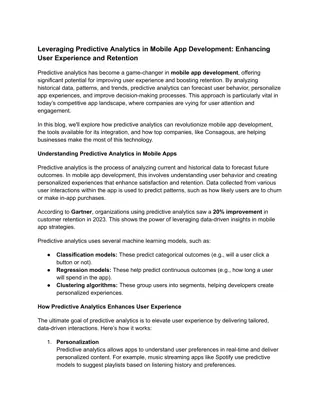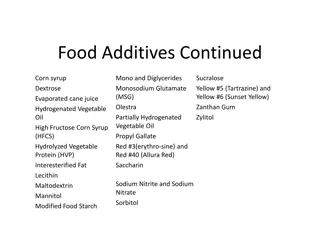An Introductory Look at Curling Analytics by Matt Cane
Curling is a beloved sport with interesting analytics explained by Matt Cane. Learn about the rules, terms, shot types, and scoring system of curling in this informative presentation. Discover why curling is popular, the different player positions, and key game strategies. Dive into the world of curling and the fun facts that make this sport a unique and exciting experience.
Download Presentation

Please find below an Image/Link to download the presentation.
The content on the website is provided AS IS for your information and personal use only. It may not be sold, licensed, or shared on other websites without obtaining consent from the author.If you encounter any issues during the download, it is possible that the publisher has removed the file from their server.
You are allowed to download the files provided on this website for personal or commercial use, subject to the condition that they are used lawfully. All files are the property of their respective owners.
The content on the website is provided AS IS for your information and personal use only. It may not be sold, licensed, or shared on other websites without obtaining consent from the author.
E N D
Presentation Transcript
HURRY SMART An Introductory Look at Curling Analytics By Matt Cane @Cane_Matt
WHAT IS CURLING? A sport beloved by dozens of Americans and approximately 36.29M Canadians Roughly the same fan base as the World Junior Hockey Championship Most importantly: Curling is a drinking sport Fun fact: Not legally allowed to operate a curling club without a liquor license
RULES AND TERMS Each team has 4 players (Lead, Second, Third, Skip) Teams and players alternate shots, each player takes two shots End: The completion of 16 shots (2 for each player). A standard game is 10 ends long. Rings/House: The scoring area a stone has to be in the rings to score points Button: The center of the rings
RULES AND TERMS Hammer: Last shot in an end. The hammer is decided by a coin-toss or a competition to shoot a single stone closest to the button. In subsequent ends the hammer goes to the team who conceded a point last Steal: Scoring one or more points without the hammer Blank: When no teams score and the team that previously had the hammer retains it
RULES AND TERMS: SHOT TYPES Guard: A shot that sits above the rings that aims to make it more difficult to hit/shoot into the rings Draw: A softer shot that aims to get as close to the button as possible Hit/Take-out: A harder shots that aims to hit a stone and eliminate it from play Raise: Hitting a closer stone into a stone that s further back Freeze: Placing a stone directly in front of another stone In-turn/Out-turn: The direction the shooter spins the shot 4-Rock Rule: Teams can t eliminate stones outside the rings until after the 4th shot
CURLING POINTS SYSTEM Each shot is scored by judges on a 4 points system A shot executed correctly gets 4 points A complete miss gets 0 points Partial points are given for partially successful shots Players are evaluated at the end of the game on their overall point total vs potential point total. This system is somewhat arbitrary.
DATA SOURCES End-by-End Results for Canadian Women s (Heart) and Men s (Brier) Championships Data back to 1980 Play-by-Play Data for Men s and Women s Olympic and World Championships 5 Tournaments, 2017-2018 405 Games 8192 Ends 60404 Shots, including turn, points, and aim (hit/draw/guard)
OBJECTIVES Curling Analytics are relatively non-existent Kevin Palmer: http://curlwithmath.blogspot.com Focus on win probability, situational evaluations In this talk our aim is: 1. To use data to understand the flow of a curling game 1. How do scoring rates/steals/blank ends change during the game 2. How difficult are various shots 2. To use data to evaluate curling strategies What s the value of having the hammer to start the game? Would you rather enter the 10th end down 1 with the hammer or tied without the hammer? How aggressive should you play early in an end? 1. 2. 3. 3. To evaluate whether the curling scoring system even makes sense
SCORE EFFECTS Score effects are a common phenomenon in many sports Team that s leading tends to sit back while team that s trailing tends to push to tie Do score effects exist in curling? Can look at steal and blank percentage (% of ends with a steal occurring) to look for clues
EVALUATING STRATEGIES Early on in the end teams have to decide whether to guard or put stones into the house (draw) SHOT NUMBER Front/Guard % Draw % 1 57.2% 42.8% 2 32.8% 67.2% 3 58.7% 41.3% 4 81.6% 18.4%
MULTIPLE POINT PROBABILITY BY SHOT SELECTION
NEXT STEPS Shot position data For World Curling Federation events stone locations are recorded after each shot Look at expected points and win probability based on stone positions Create a better player evaluation system Examine shot sequences to better identify strategic considerations Does Guard-Draw perform better than Guard-Guard?























